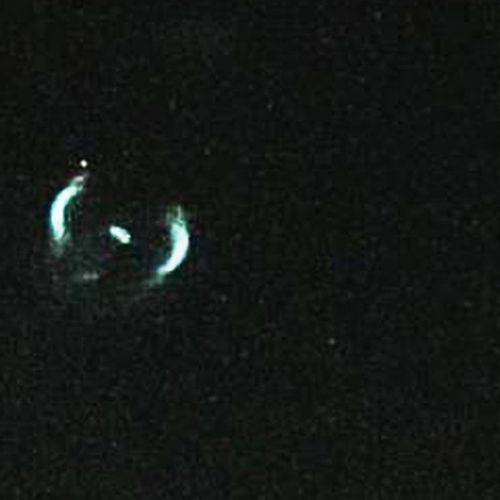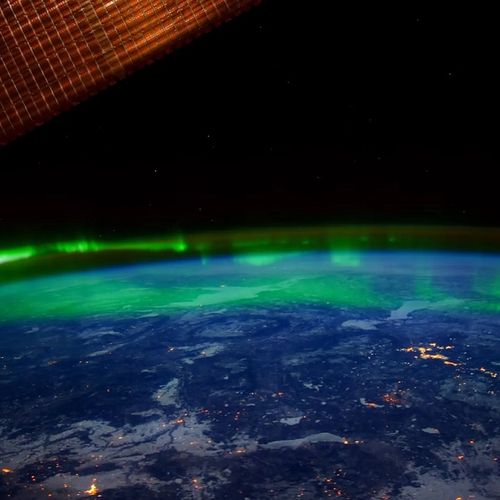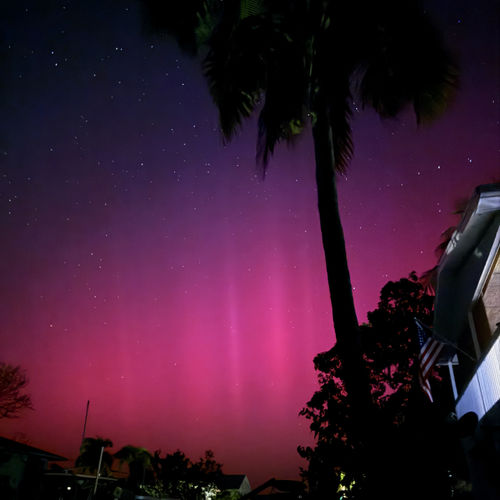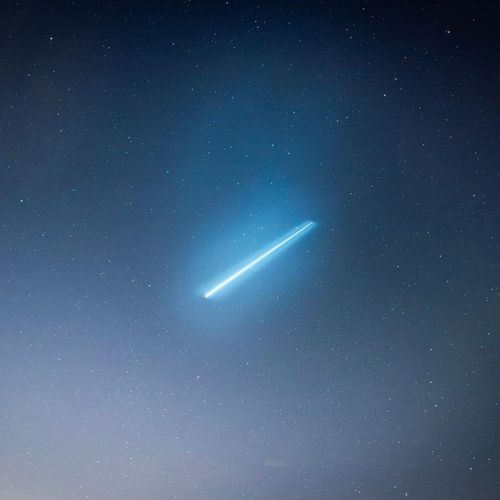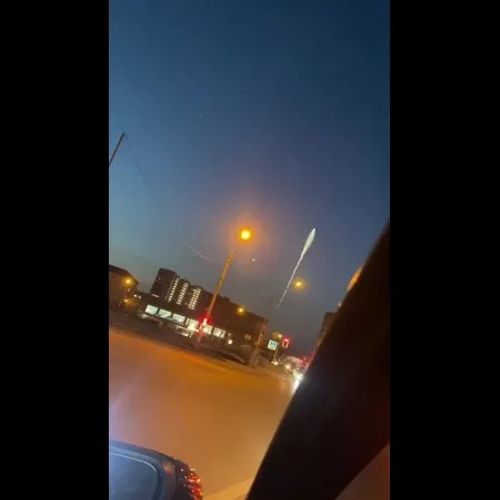
| Added | Fri, 11/08/2023 |
| Источники | |
| Дата публикации | Thu, 27/07/2023
|
| Версии |
Recently, a SpaceX rocket "punched" a hole in the upper layers of the Earth's atmosphere, going into space. After that, there was a blood-red streak of light in the sky, which was similar to the aurora borealis.
The Falcon 9 rocket, on which SpaceX launched 15 Starlink satellites, took off from the Vandenberg Space Force Base in California on July 19. When the rocket rose into the upper atmosphere, its exhaust plume was illuminated by sunlight. But then the residents of the USA saw an even more beautiful sight. "After it flew overhead, the red fluorescent glow expanded to the south and crossed with the Milky Way in the sky," he said. Spaceweather.com Jeremy Perez is a photographer from Flagstaff, Arizona. Perez took some epic pictures of the "fluorescent red glow" from the volcanic fields of San Francisco, which are located north of Flagstaff. The light show lasted about 20 minutes, he added.
"Ionospheric holes" appear when the second stage of the rocket burns fuel at an altitude of 200 and 300 km above the Earth's surface, he said Spaceweather.com Jeffrey Baumgardner, a physicist at Boston University. At this altitude, carbon dioxide and water vapor from the exhaust gases of the rocket cause the recombination of ionized oxygen atoms or back into normal oxygen molecules. This causes the molecules to emit energy in the form of light, he added.
Auroras appear in a similar way, except that the lights are caused by solar radiation heating gases, and not by their recombination. Ionospheric ruptures do not pose a threat to people on the Earth's surface and, naturally, close within a few hours when the recombined gases are reionized.
Новости со схожими версиями
Log in or register to post comments

